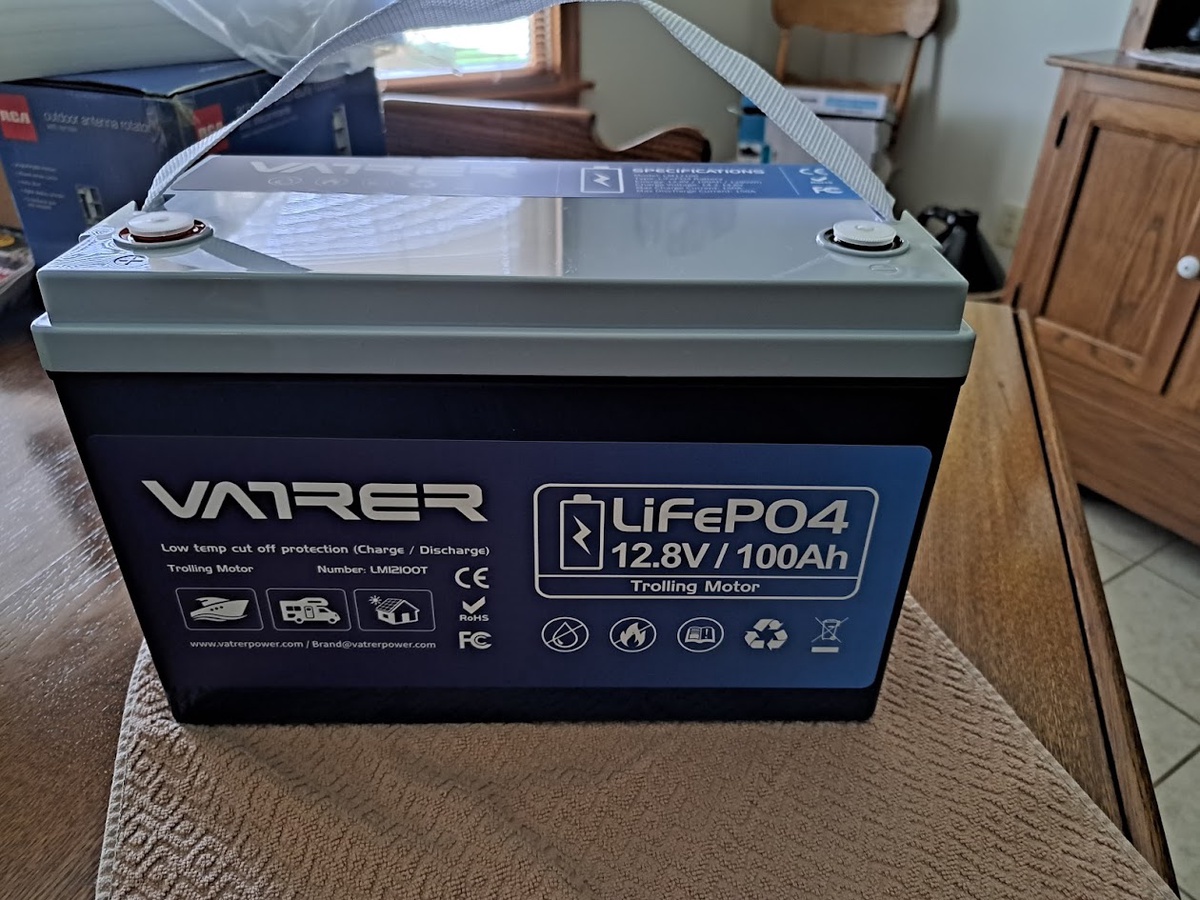Introduction
LiFePO4 (Lithium Iron Phosphate) batteries have gained recognition for their superior performance, safety, and environmental benefits. However, one common concern associated with LiFePO4 batteries is their relatively higher cost compared to other battery technologies. In this article, we will explore the factors contributing to the expense of LiFePO4 batteries and understand why they are priced higher in the market.

Raw Material Cost
The cost of raw materials plays a significant role in determining the overall price of LiFePO4 batteries. LiFePO4 batteries require lithium, iron, and phosphate as key components, and the prices of these materials can fluctuate based on supply and demand dynamics. Lithium, in particular, has witnessed price fluctuations due to its increasing demand for various industries, including electric vehicles and energy storage systems.
Manufacturing Process
The manufacturing process of LiFePO4 batteries involves several intricate steps and specialized equipment. The production of high-quality LiFePO4 cells requires precise control over temperature, pressure, and other parameters to ensure consistent performance and safety. This level of precision and the associated manufacturing infrastructure contribute to the higher production costs, ultimately impacting the final price of LiFePO4 batteries.
Energy Density and Performance
LiFePO4 batteries are known for their excellent energy density, longer lifespan, and enhanced safety features. However, achieving these benefits often requires using higher-quality materials and employing advanced manufacturing techniques. The pursuit of superior performance and reliability adds to the overall cost of LiFePO4 batteries.
Safety and Regulations
Safety is a paramount concern when it comes to battery technologies. LiFePO4 batteries are inherently safer compared to other lithium-ion batteries due to their stable chemistry. However, ensuring stringent safety standards and compliance with regulations necessitates additional testing, certifications, and quality control measures, which contribute to the overall cost of LiFePO4 batteries.
Economy of Scale
The production volume of LiFePO4 batteries is currently lower compared to other battery chemistries. As a result, the economies of scale are not fully realized, leading to higher manufacturing costs. However, as the demand for LiFePO4 batteries continues to grow and production scales up, it is anticipated that economies of scale will help lower the cost in the future.
Conclusion
While LiFePO4 batteries offer remarkable advantages in terms of performance, safety, and environmental impact, their higher cost remains a limiting factor for widespread adoption. The cost of LiFePO4 batteries is primarily influenced by raw material prices, manufacturing complexities, energy density requirements, safety considerations, and the current scale of production. As technology advances, economies of scale are expected to drive down the cost of LiFePO4 batteries, making them more accessible and affordable for various applications, including renewable energy storage and electric vehicles. As the industry continues to innovate and refine production processes, LiFePO4 batteries are poised to become even more cost-effective, contributing to a sustainable and clean energy future.


No comments yet